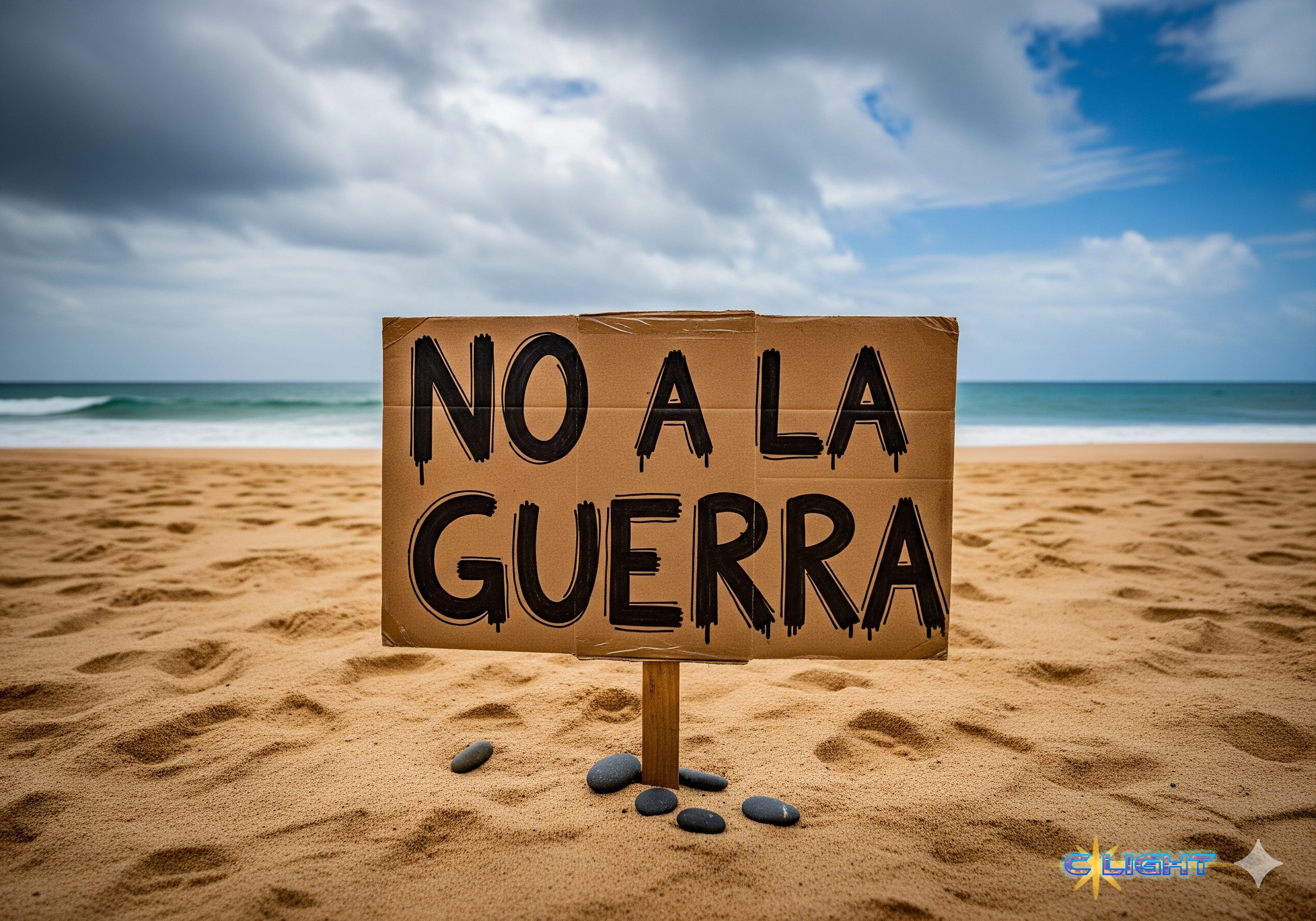3 minutes read time.
On paper, the hundreds of U.S. Marines conducting amphibious maneuvers on the shores of Puerto Rico are merely engaged in a “training exercise.” This is the official, sanitized narrative offered by the island’s governor and its National Guard. But from the windswept deck of the USS Iwo Jima, the U.S. Secretary of Defense delivered a starkly different message to the troops. “Make no mistake about it,” Pete Hegseth declared, “what you’re doing right now is not training. This is the real-world exercise on behalf of the vital national interest of the United States.” This direct contradiction is the telltale heart of a deliberately obscured U.S. military buildup in the Caribbean that, despite official claims of a counter-narcotics mission, bears all the hallmarks of a geopolitical confrontation aimed squarely at Venezuela.
The official story is a chaotic patchwork of conflicting statements. Puerto Rico’s Governor Jenniffer González has welcomed the deployment as both a training opportunity and a vital part of the fight against cartels. A spokesman for the island’s National Guard, meanwhile, has attempted to decouple the events entirely, insisting the Marines’ presence was “pre-planned” and that “one thing has nothing to do with another” regarding the new Caribbean mission. This official disarray stands in stark contrast to the view on the ground, where local Puerto Ricans, haunted by the historical trauma of the U.S. Navy’s decades-long use of Vieques as a bombing range, are protesting with signs that read “No to War.” They see their island once again being used as a staging ground, and the hardware being deployed suggests their fears are well-founded.
The assets being marshaled in and around Puerto Rico are not the tools of a training exercise; they are the instruments of war. The skies above the island now host armed MQ-9 Reaper drones carrying AGM-114 Hellfire missiles. Plans are in place for the arrival of ten F-35 Joint Strike Fighters, fifth-generation aircraft prized for both their strike and advanced intelligence-gathering capabilities. At sea, the naval presence includes an amphibious readiness group led by the USS Iwo Jima, the destroyer USS Jason Dunham, and, notably, a Los Angeles-class nuclear-powered submarine. This collection of high-end, offensive military hardware is wildly disproportionate to a simple anti-drug trafficking mission and utterly demolishes the “training” narrative.
This buildup is not happening in a vacuum. It follows a rare and deadly U.S. kinetic strike on September 2 against a suspected drug vessel that had departed from Venezuela, killing all 11 people aboard. The incident has put the entire region on edge. While praised by some, it has made other Caribbean nations deeply anxious, prompting them to ask the U.S. for an open line of communication to avoid being surprised by further military action.

Venezuela, for its part, has responded with a mix of sharp rhetoric and military posturing. Vice President Delcy Rodríguez has blasted the U.S. for hypocrisy and a “GPS location problem,” while Venezuelan Air Force F-16s have conducted close-proximity flights near the USS Jason Dunham. The situation is a tinderbox, and the rhetoric from the White House is only adding fuel. When asked if U.S. forces would strike targets inside Venezuela, Felonious Punk offered an ominous “Well, you’re going to find out,” and has reportedly authorized U.S. ships to shoot down any Venezuelan aircraft that “put us in a dangerous position.”
The thin veneer of a “war on drugs” barely conceals the mission’s true, unspoken objective. As an insider familiar with the operations told The War Zone, the deployments are undeniably “a message to Maduro.” This connects the current military buildup directly to the 2020 U.S. federal indictment of Venezuelan President Nicolás Maduro for narco-terrorism and the standing $50 million reward for his capture. The counter-narcotics effort is serving as a convenient and publicly palatable cover for a far more ambitious and dangerous objective: a campaign of military intimidation aimed at regime change, with Puerto Rico and its people caught in the middle of a brewing international conflict.
Discover more from Clight Morning Analysis
Subscribe to get the latest posts sent to your email.










